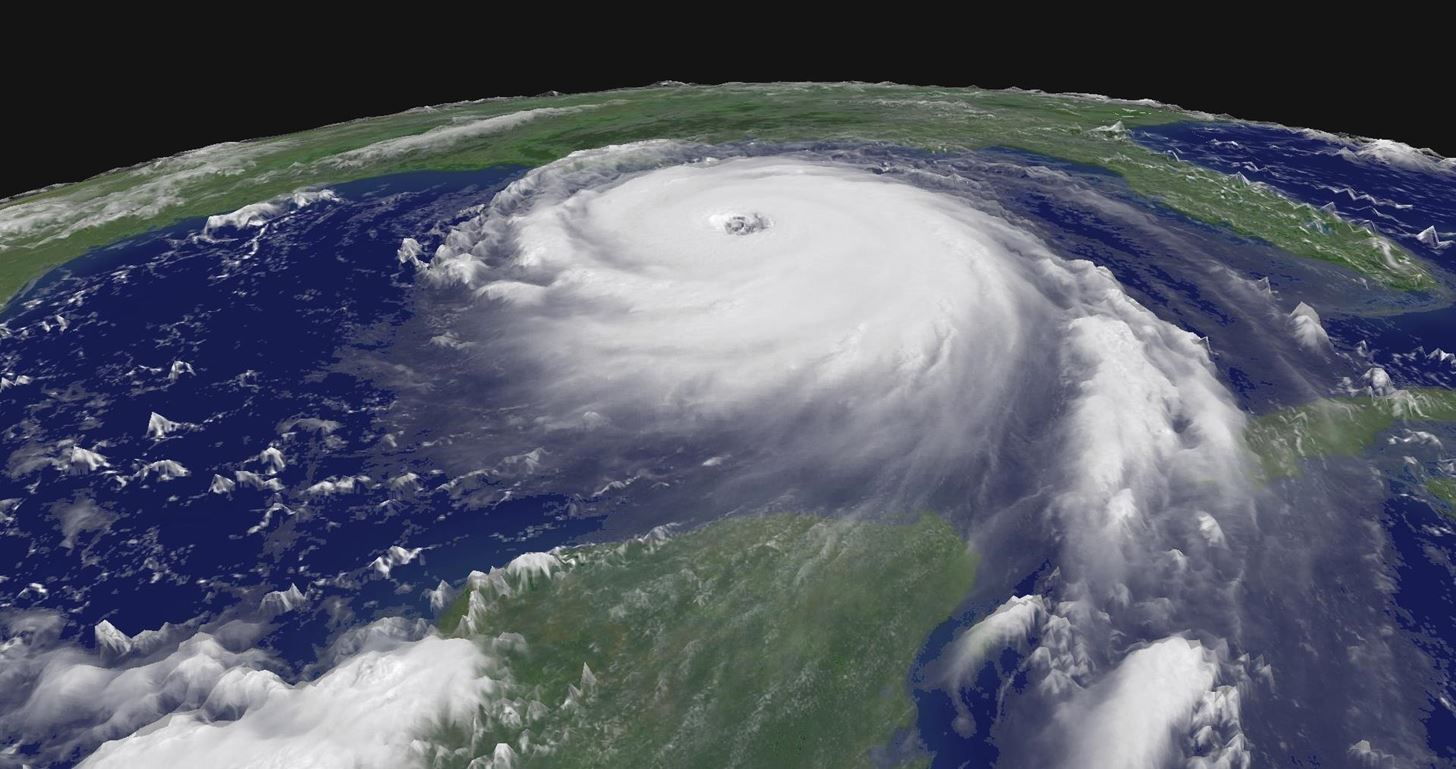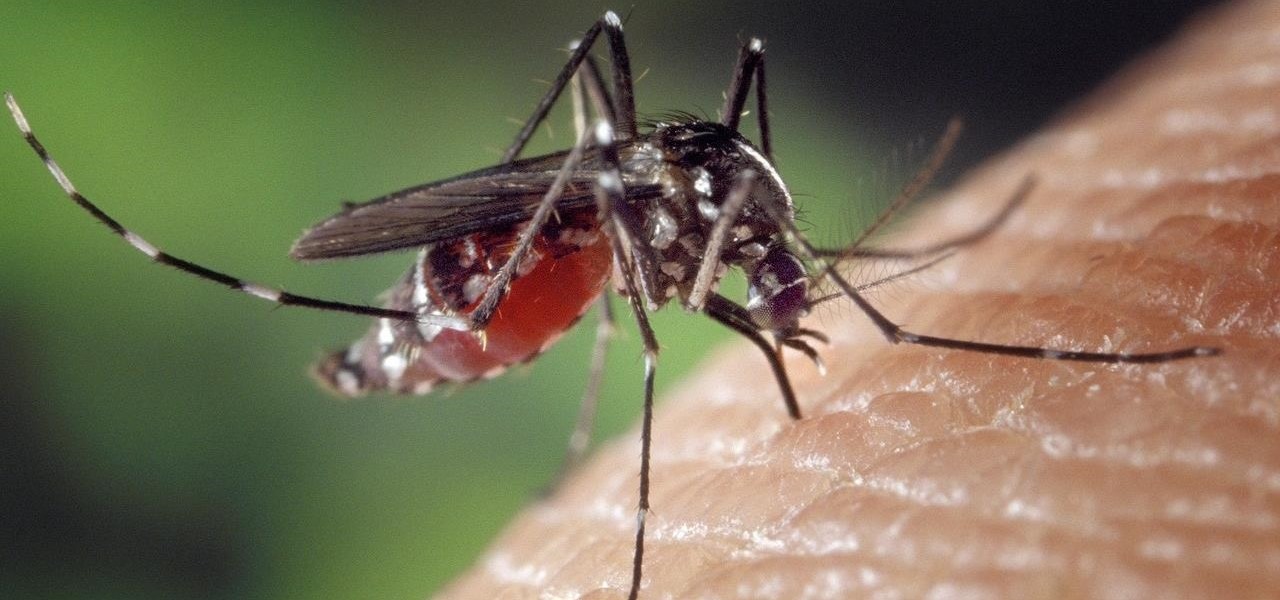Using mathematical modeling, researchers suggest weather and warming created the "perfect storm" that drove the Zika outbreak in 2016.
Carried by mosquitoes, Zika is a Flavivirus first identified in Uganda in 1947 by scientists conducting research on yellow fever. Zika forest, the location where the microbe was discovered, lends its name to the virus. Found commonly in mosquitoes and ticks, flaviviruses are responsible for a great deal of suffering from the death and diseases that they cause, including Zika, yellow fever, Dengue fever, and West Nile virus, among others.
From Africa, Zika spread across Asia, Malaysia, and toward the Pacific Islands. By 2007, the island of Yap suffered the first major outbreak of the disease, according to the World Health Organization (WHO). In a population of more than 11,000 individuals, 185 cases of Zika were either confirmed or suspected. No deaths, serious illness, or neurological impacts were reported.
The virus continued to spread from French Polynesia toward Brazil, which reported a disease causing skin rash to the WHO. Today, Zika continues to encroach, with 48 territories and countries in the Americas reporting mosquito-borne cases. The WHO notes, "Zika virus continues to spread geographically to areas where competent vectors are present"—competent vectors being mosquitoes like Aedes aegypti that can carry the virus into humans.
Zika reached the southeastern US this year. According to December figures from the Centers for Disease Control and Prevention (CDC), there have been 4,618 cases of Zika reported in US states and in the District of Columbia (territories excluded), 1,292 of those infected being pregnant women with lab evidence that supports Zika infection.
In a study published in the Proceedings of the National Academy of Sciences, researchers from the University of Liverpool combined information about the spread of Zika with climate and weather data to create a bigger picture of why and how the Zika virus was declared a Public Health Emergency of International Concern (PHEIC) in February of 2016 (though, it was downgraded the following November).
Weather & Mosquitoes Create 'Perfect Storm' to Spread Zika
While Zika was steadily progressing toward the Americas prior to 2016, the study's authors analyzed data to find that the warm water patterns of El Niño, and wetter, warmer weather combined to deliver Zika to a population with very little resistance to the disease.

Warmer water, unpredictable severe weather patterns, and mosquitoes each have impacts. Together they produced a tide of disease that continues to spread and inflict suffering. Let's look at these factors:
El Niño
Uncharacteristically warmer temperatures in the Pacific are called El Niño, and they occur roughly every seven years. The effect of El Niño in the US is often dry, warmer winters in the north, and cool, wetter winters in the southern states.
Impacts from a strong El Niño ripple around the world in the form of swings in temperature, rainfall, and weather. Discussing the approaching El Niño pattern in August of 2015, Bill Patzert, a climatologist with NASA's Jet Propulsion Laboratory stated in an interview, "This definitely has the potential of being the Godzilla El Niño." By February of 2016, the National Oceanic and Atmospheric Administration (NOAA), noted the 2015-2016 El Niño was one of the strongest dating back to 1950.
For scientists tracking the spread of Zika, what does this mean? In the study, researchers found the warming effects of El Niño were a big player in the spread of the disease.
Importantly, we show that warm temperature conditions associated with the current El Niño climate phenomenon superimposed on the warming trend were exceptionally conducive for mosquito-borne transmission of Zika in 2015 over the South American continent.
The study found the strength of the record El Niño had a strong "amplifying" effect on the progression of Zika.
Mosquitoes
Mosquitoes are a primary vector or carrier of Zika, as it is transmitted to and through populations. According to this research, the genus or class of mosquitoes most responsible for spreading Zika is Aedes. Specifically, the Aedes aegypti and Aedes albopictus species. By contrast, you may have heard of the Culex group of mosquitoes, which carry the West Nile virus in the US, but haven't been shown to spread Zika. Scientists factored in numbers regarding the lifespan, biting rates, density, and territories of the disease-carrying Aedes mosquitoes.

Reflecting on their eating habits, the study notes A. aegypti prefers feeding frequently and more exclusively on humans, whereas A. albopictus, an invasive mosquito capable of living in more temperate climates, has a more diverse, less robust appetite. Researchers assessed the increase in biting activity of these mosquitoes noting that "temperature has a major effect on the capacity of a population of mosquitoes to transmit virus."
Climate change has also increased temperatures in northern latitudes that could expand territories and populations of mosquitoes like A. aegypti into northern states.
[O]ur model suggests that it was temperature conditions related to the 2015 El Niño that played a key role in igniting the outbreak—almost two years after the virus was believed to be introduced on the continent.
Although the 2015-2016 El Niño has waned, both Zika and warmer weather are here to stay. Researchers report the outlook for flaviviruses is strong, noting that "Flaviviruses, in general, should have a promising future" due to increasing warmth from climate change and higher levels of drug and pesticide resistance.
In addition to detailing the impact of weather on the spread of viruses, the study's authors plan to adapt their mathematical model for use with other flaviviruses, including Dengue fever, in hopes of creating early warning system for viruses approaching populations or communities that may be unprepared.
For now, in a press statement, Matthew Baylis, professor with the Institute of Infection and Global Health at the University of Liverpool, offers a forecast: "Our model predicts a potential seasonal transmission risk for Zika virus, in the south eastern United States, southern China, and to a lesser extent over southern Europe during summer."
Just updated your iPhone? You'll find new emoji, enhanced security, podcast transcripts, Apple Cash virtual numbers, and other useful features. There are even new additions hidden within Safari. Find out what's new and changed on your iPhone with the iOS 17.4 update.


























Be the First to Comment
Share Your Thoughts